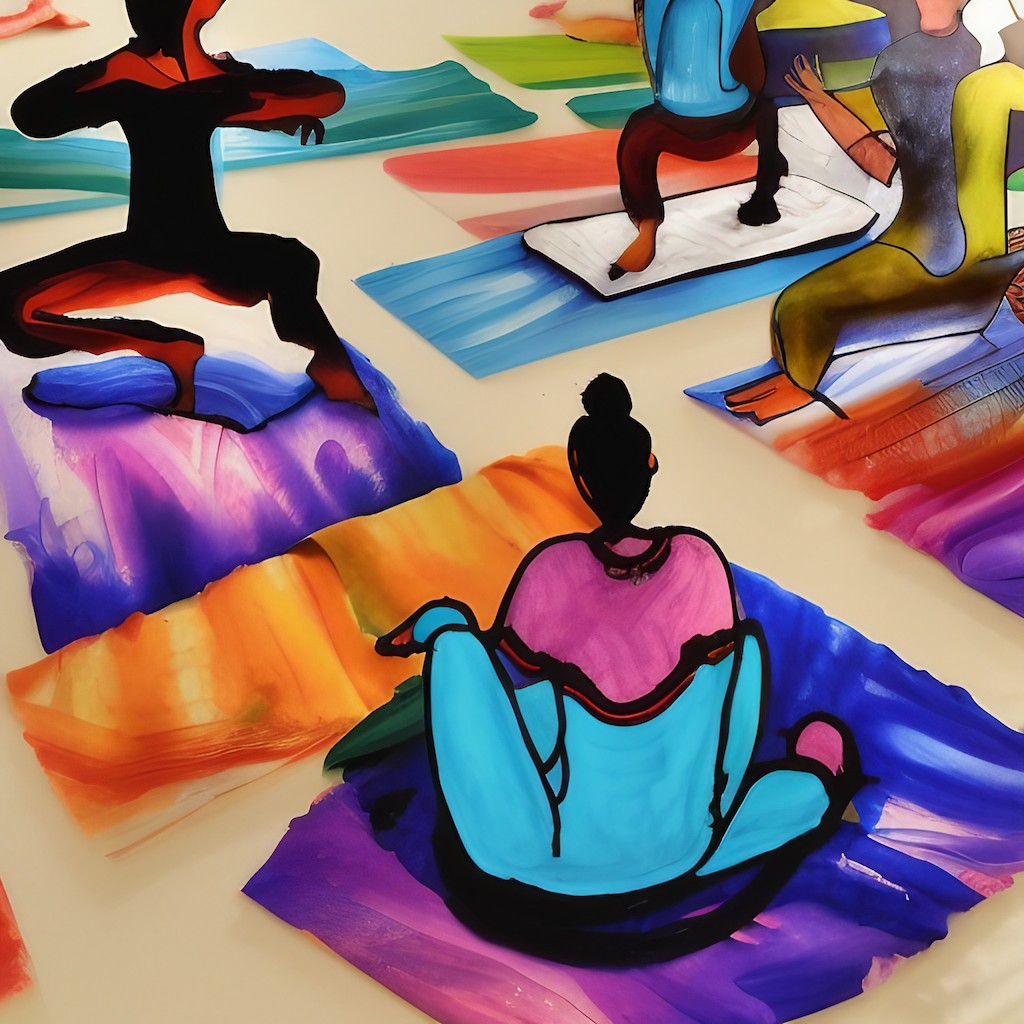Classroom stress relief techniques can be an effective way to help students cope with the stresses of everyday school life. This article outlines four strategies for reducing student stress and promoting a healthier learning environment. These include deep breathing exercises, creating a positive mindset, setting achievable goals, and developing healthy peer relationships. These classroom stress relief techniques could improve students’ emotional health and overall academic success.
Classroom stress is a common problem that affects both students and teachers. Stress can negatively impact academic performance, mental health, and overall well-being. Fortunately, several effective stress relief techniques can be implemented in the classroom to help alleviate stress and promote a positive learning environment.
Some stress relief techniques include physical activities such as stretching, deep breathing, and movement breaks. These activities can help students release tension and improve focus. Additionally, mindfulness exercises such as meditation and visualization can help students relax and reduce anxiety. Teachers can also create a calming environment by using soothing colors, playing soft music, and incorporating natural elements such as plants into the classroom.
It is essential to address classroom stress as it can have long-term effects on a student’s mental health and academic success. By implementing stress relief techniques, students can learn how to manage stress healthily and develop coping skills they can use throughout their lives. Teachers can also benefit from stress relief techniques and create a more positive and productive classroom environment.
Table of Contents
Mindfulness Techniques

Mindfulness is a mental state achieved by focusing on the present moment while calmly acknowledging and accepting one’s feelings, thoughts, and bodily sensations. Mindfulness techniques can help students reduce stress and improve concentration in the classroom.
Breathing Exercises
One simple mindfulness technique is to focus on breathing. Encourage students to sit comfortably with their eyes closed and take deep breaths, inhaling through the nose and exhaling through the mouth. Instruct them to focus on the sensation of the breath moving in and out of their body and to let any distracting thoughts pass by without judgment. This exercise can help students become more aware of their breathing patterns and reduce feelings of anxiety.
Body Scans
Another mindfulness technique is the body scan. Instruct students to lie down or sit comfortably with closed eyes and focus on each part of their body, starting from the toes and moving up to the head. Encourage them to notice any sensations or feelings in each body part without judgment. This exercise can help students become more aware of their physical sensations and reduce tension in the body.
By incorporating mindfulness techniques into the classroom, teachers can help students develop essential coping skills for managing stress and anxiety. These techniques can also improve concentration and focus, creating a more productive learning environment.
Physical Activities

Physical activity is a great way to relieve stress and improve overall health. Incorporating physical activity into the classroom can be a fun way to help students manage their stress levels. Here are some physical activities that can be done in the classroom:
Yoga
Yoga is a great way to reduce stress and increase flexibility. It can be done in the classroom with minimal equipment. Some yoga poses that can be done in the classroom include:
- Mountain Pose
- Tree Pose
- Warrior Pose
- Downward Dog
Yoga can be done during a break in the day or as a part of a physical education class. It can be a fun way to get students moving and help them relax.
Stretching
Stretching is another way to relieve stress and tension in the body. It can be done in the classroom with no equipment needed. Some stretches that can be done in the classroom include:
- Neck Rolls
- Shoulder Shrugs
- Hamstring Stretches
- Quad Stretches
Stretching can be done during a break in the day or as a part of a physical education class, and it can be a great way to help students feel more relaxed and focused.
Mental Activities

One of the most effective ways to relieve stress is through mental exercises. These activities help students calm their minds and focus on the present moment. Here are some mental activities that can be incorporated into the classroom:
Visualization
Visualization exercises involve imagining a peaceful scene or situation. This technique can help students relax and reduce anxiety. Teachers can guide students through a visualization exercise by asking them to close their eyes and imagine a peaceful place. For example, they can ask students to imagine themselves lying on a beach, feeling the sun’s warmth on their skin and listening to the sound of the waves. Visualization exercises can be done at the beginning or end of class or during a break.
Positive Affirmations
Positive affirmations are statements that students can repeat to themselves to promote positive thinking and reduce stress. Teachers can encourage students to come up with their affirmations or provide a list of examples. Some examples of positive affirmations include:
- I am capable of handling anything that comes my way.
- I am strong and resilient.
- I am worthy of love and respect.
Students can repeat these affirmations silently to themselves or out loud. Encouraging positive self-talk can help students develop a more positive outlook on life and reduce stress levels.
Social Support
Social support is essential to maintaining overall mental health, and it can be particularly helpful in reducing classroom stress. Connecting with others can help increase happiness, reduce anxiety, and promote feelings of self-worth.
Peer Support Groups
Peer support groups are one way to provide social support in the classroom. These groups can be created to help students experiencing similar stressors, such as test anxiety or social anxiety. Peer support groups can also help students struggling with mental health issues like depression or anxiety.
During peer support group meetings, students can share their experiences and offer each other advice and support. This can help students feel less isolated and more connected to their peers. Peer support groups can also be led by a teacher or counselor who can provide guidance and support as needed.
Teacher Support
Teachers can also provide social support to their students by creating a positive classroom environment. This includes fostering a sense of community, encouraging positive relationships between students, and providing opportunities for students to connect.
Teachers can also provide individual support to students who are struggling with stress. This can include listening to their concerns, offering advice and guidance, and connecting them with resources such as counseling or support groups.
Finally, teachers can model healthy coping strategies for their students. This includes taking breaks, practicing self-care, and seeking support when necessary. By modeling these behaviors, teachers can help students learn how to manage stress healthily.
Conclusion
Classroom stress can be a significant problem for students and teachers alike. Fortunately, many techniques can help alleviate stress and create a more positive learning environment. By incorporating stress-relief exercises into the daily routine, teachers can help students manage their stress levels and improve their academic performance.
Some of the most effective stress-relief techniques include deep breathing exercises, mindfulness meditation, and physical activities like yoga or stretching. These techniques can help students relax their bodies and minds, reducing anxiety and improving focus and concentration.
Additionally, teachers can create a positive classroom environment by encouraging students to share their thoughts and feelings, promoting open communication, and providing opportunities for collaboration and creativity. By fostering a sense of community in the classroom, teachers can help students feel more connected and supported, reducing stress and improving overall well-being.
Overall, managing classroom stress requires a proactive and holistic approach. By incorporating various stress-relief techniques and promoting a positive classroom environment, teachers can help students thrive academically and emotionally.
